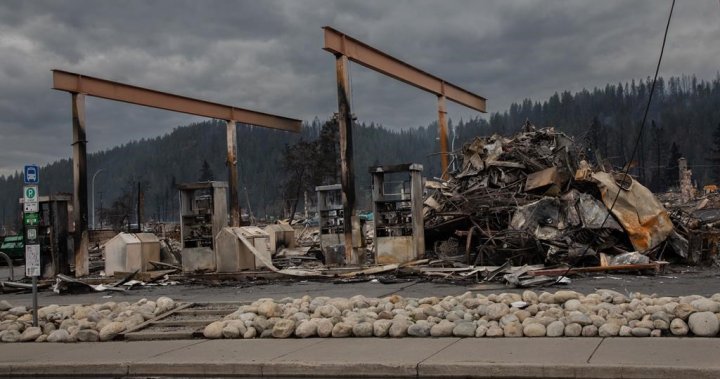Canada’s wildfire season is on track to be the second largest in at least the past two decades, trailing only last year’s record-breaking season, federal officials said Wednesday.
Officials said above-normal temperatures and drought conditions across parts of Canada have continued to drive fire activity, with 5.3 million hectares burned so far, though they caution that number is preliminary.
Outside of last year’s roughly 15 million hectares burned, federal records indicate only three other seasons have topped five million hectares, and the last was in 1995.
Yan Boulanger, a research scientist with Natural Resources Canada, said climate change has contributed to earlier starts and later ends to the wildfire season, turning fire into a year-round phenomenon.

Get daily National news
Get the day’s top news, political, economic, and current affairs headlines, delivered to your inbox once a day.
“It’s become increasingly evident that we need to shift away from viewing wildland fires simply as seasonal events and move toward the concept of a continuous fire year,” he said in Wednesday’s update.

Boulanger said several of the last 10 years have been above the 25-year average for area burned, primarily due to extreme fire conditions and longer seasons, driven by climate change.
Western Canada has, as expected, been hit hardest this year, with about 70 per cent of the total area burned falling in British Columbia, Alberta, Northwest Territories and Saskatchewan, officials say. Fire activity continues in those regions too.
The junction of B.C., Alberta, and N.W.T, in particular, could see continued fire activity into the winter given forecasted warm and dry conditions for at least the next month.
“We must continue to be vigilant against starting fire all year round,” Boulanger said.
Officials say the 792 international firefighters who helped tackle blazes throughout the year have all since returned home.
© 2024 The Canadian Press





